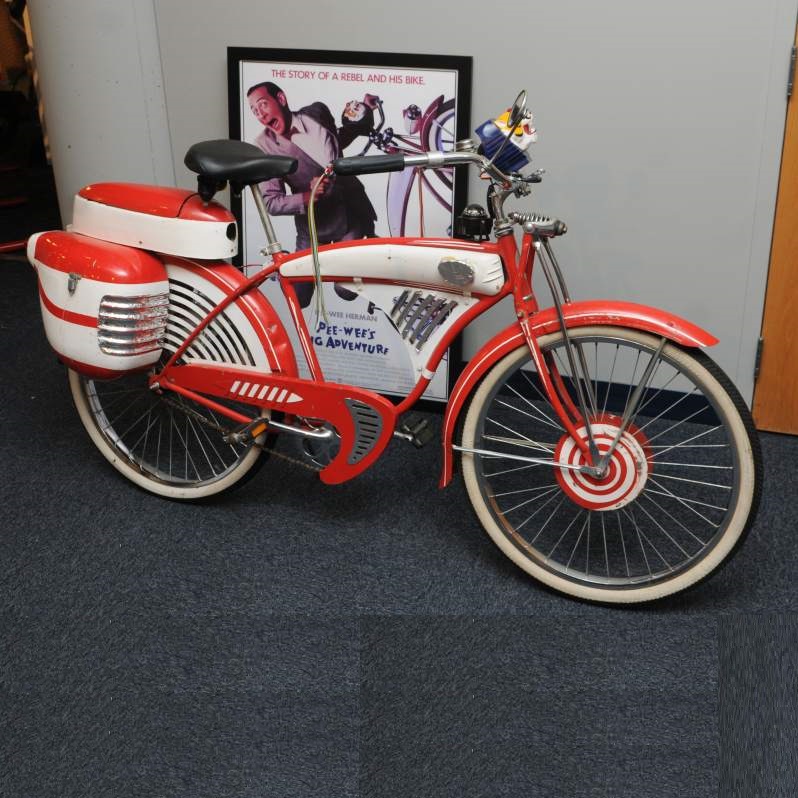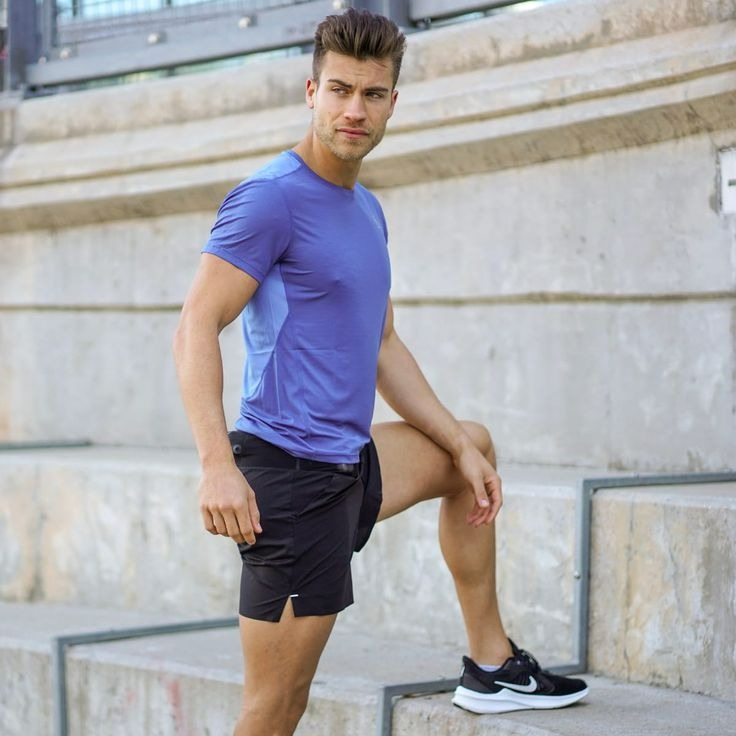Introduction
Painting a bicycle can breathe new life into an old ride, allowing you to customize its appearance and showcase your personality. Whether you’ve found a rusting frame in your garage or simply want to refresh your current bike’s look, this comprehensive guide on how to paint a bicycle will provide you with essential tips and tricks for achieving perfect results. From proper surface preparation to choosing the right paint, we’ll walk through each stage of the process to ensure you’re equipped for success.
Understanding the Importance of Preparation: A Key Step in Painting Your Bicycle
Before even thinking about applying paint to your bicycle, the most crucial step is preparation. Properly preparing the bicycle frame can make the difference between a professional-quality finish and a paint job that peels or chips easily. Start by disassembling the bike as much as possible, removing parts like the wheels, seat, handlebars, and any components that could get in the way during painting. This also gives you the chance to inspect these parts for wear or damage.
Next, clean the bicycle thoroughly to remove dirt, grease, and any old paint that may interfere with the new layer. A mixture of soap, water, and a degreaser can work wonders here. After cleaning, give it a thorough rinse and let it dry completely. Once dry, assess the frame for any rust spots or imperfections. If you notice any rust, use sandpaper or a wire brush to remove it, treating the area with a rust-inhibiting primer afterward. This preparatory work is vital for achieving a smooth, long-lasting paint job, so don’t rush this phase.

Choosing the Right Paint for Your Bicycle
Once you’ve completed the preparation phase, the next step in painting a bicycle is to select the appropriate type of paint. Not all paints are created equal, and choosing the right one is essential if you want your newly painted bike to endure daily use and harsh weather conditions. For bike frames, epoxy or acrylic paints specifically designed for metal surfaces are ideal choices. They offer durability, adhere well to metal, and are less susceptible to chipping and fading over time.
Additionally, consider whether you want a gloss, matte, or satin finish. Gloss paint offers a vibrant finish with higher resistance to scratches, while matte finishes provide a more subdued appearance. If you’re aiming for a unique look, you can even find specialty paints like metallic or glitter finishes. Just remember that all paint types require a proper primer, which prepares the surface and enhances adhesion, providing a foundation for even color application.
Tools of the Trade: Essential Supplies for Painting Your Bicycle
To achieve the best results, equip yourself with the right tools and supplies for painting your bicycle. Start with basic items such as sandpaper in various grits, painter’s tape, and drop cloths or newspapers to protect your workspace. A decent set of brushes and rollers will also come in handy, particularly if you plan to do touch-ups after the spray paint application. Invest in high-quality masking tape to achieve clean lines, particularly for any intricate designs or patterns you might be considering.
For the painting process, a spray gun or spray paint is usually preferred, as it provides an even coating and reduces the chances of brush strokes showing in the final product. A good respirator mask and safety goggles are non-negotiable components of your arsenal to protect against inhaling fumes and protect your eyes from overspray. Finally, consider having cleaning supplies at hand to deal with any spills or mistakes during the process.

Step-by-Step Guide to Painting Your Bicycle Frame
Once you’ve meticulously prepared your bike and gathered all the necessary supplies, it’s time to dive into the painting process. The following step-by-step guide will help you achieve a professional-looking finish that you’ll be proud to show off.
Step 1: Priming the Frame
Firstly, ensure you are working in a well-ventilated space, as this is key for any painting operation. After your bicycle frame is clean and dry, begin by applying a coat of primer to your frame. The primer acts as a foundation that enhances paint adhesion and boosts overall durability. Use a primer that is compatible with the type of paint you chose earlier, allowing it to dry fully according to the manufacturer’s instructions. This could take anywhere from a few minutes to several hours, depending on the product used and environmental conditions.
Step 2: Painting Your Bicycle
Once the primer is completely dried, it’s time to paint. If using spray paint, hold the can approximately 10-12 inches away from the surface and apply an even coat of paint using a sweeping motion. Avoid concentrating in one spot for too long to prevent drips. Start with a light first coat, allowing it to dry before applying a second coat. Depending on your desired finish, two to three coats may be necessary to achieve an even, vibrant appearance.
If you’re manually brushing on paint, make sure to follow the same principles. Dip the brush lightly into the paint, remove excess, and apply it in long, even strokes. Again, be cautious of drips and ensure that each coat is fully dry before applying the subsequent layer.
Step 3: Detailing and Finishing Touches
After your final coat of paint has dried, take a step back and check the overall finish. If you notice any imperfections or uneven areas, consider using sandpaper to smooth them out gently. For more intricate designs, you might want to use stencils and painter’s tape to section off areas before adding additional colors. If you’re planning on adding multiple colors or patterns, ensure that each layer is totally dry before repositioning the tape to avoid pulling up paint.
Once satisfied with the paint job, it’s wise to seal the paint with a clear coat. This step not only adds shine but also provides an extra layer of protection against scratches and environmental elements. Apply the clear coat following the same techniques as with the colored paint, and remember to allow it to cure as specified on the product.

Attending to Your Bicycle After Painting: Maintenance and Care
Now that you’ve successfully painted your bicycle, it’s essential to understand how to care for it to maintain its fresh appearance. To prolong the life of your paint, be conscious of how you store your bike. Ideally, keep it in a dry, shaded area, as exposure to direct sunlight and moisture can fade colors and lead to damage. Regularly clean your bike with a damp cloth to remove dirt and grime, and always dry it afterward to avoid moisture buildup.
When using your bicycle, try to avoid riding through conditions that could chip or scratch the paint. If any imperfections do happen to occur, consider touch-up kits that match your paint color for swift repairs. With regular cleaning and careful handling, your newly painted bike will remain vibrant and protective for years to come.
Final Thoughts: Embrace Your Creativity
Painting your bicycle is a rewarding project that requires attention to detail and a bit of creativity. By following the tips and tricks outlined above, you can garner fantastic results that reflect your personal style. The journey from a dull, outdated bike to a sparkling representation of your individuality can be filled with excitement and satisfaction. So don’t hesitate—grab your supplies, unleash your imagination, and get started on transforming your ride into a masterpiece that not only looks good but can also withstand the tests of time and weather. Happy painting!

